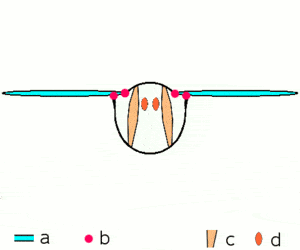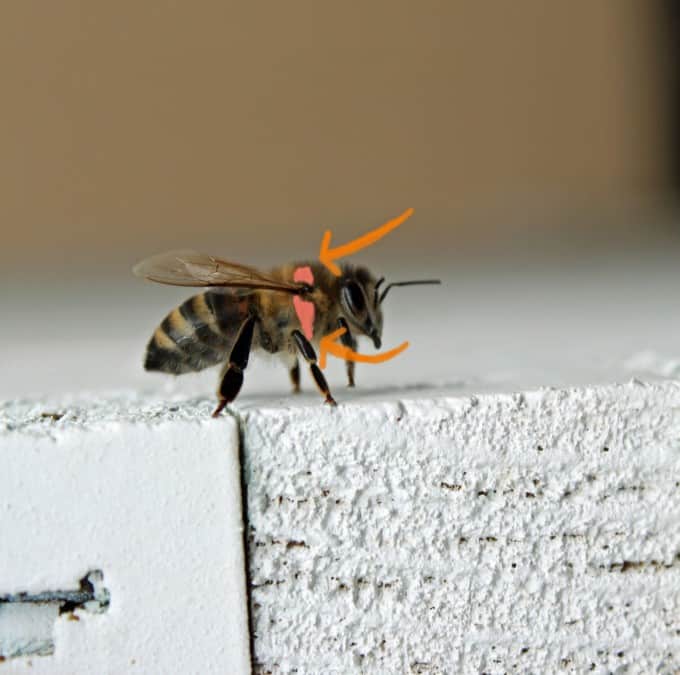
When you think of a honey bee, one adaptation that stands out is its ability to fly. Without flight, the honey bee would not be able to accomplish any of the tasks that allow its existence. There are two mechanisms of flight, one primitive and the other more advanced from evolutionary pressures to survive. The primitive flight is termed “Direct Flight.” There are two insect orders within this class of flight, Ephemeroptera (Mayflies) and Odonata (Dragonflies and Damselflies). All following orders of insect’s flight mechanisms are termed “Indirect Flight.” The difference between the two flight mechanisms is the insertion and origin of the flight muscles which are described below.
So what is direct flight? Direct flight is a mode of transportation that is fueled by wing muscles that insert directly into the wing base. The insertion point of the wing is hinged which enables the muscles downward movements to lift the wing portion upward and upward movements pull the wing portion downward. One drawback to direct flight is that these insects cannot hover in mid-air unless they use wind currents. This does not mean the primitive mechanism is neither obsolete nor hindered. Unlike indirect flight insects, the direct flight insects can move each wing independently allowing them enhanced mobility with the ability to control the direction of flight as well as the speed. These primitive mechanisms give dragonflies some advantage as an aerial predator. There is an image above showing what the flight muscle of a dragonfly look like on the forewing. There would also be a muscle inserted at the base of the hind wing not illustrated in the image.

What is indirect flight? Indirect flight muscles attach to the thorax and deform it for flight. This is possible because the wings are a part of the thoracic exoskeleton, therefore when the flight muscles deform the thorax, the wings move. Longitudinal muscles deform the thorax from front to back causing the thorax to move upward and wings to move downward. Dorsoventral muscles deform the thorax from back to front causing the thorax to move downward and the wings to move upward. There are also other muscles that connect the base of the wing to sclerites on the thorax. These muscles are used for controlling the angle and rate of wing beats per second. In evolutionary advanced groups such as Coleoptera, Diptera and Hymenoptera (the Order that includes the honey bees) there is yet another flight muscle to assist flight. This muscle is called the asynchronous flight muscle. The muscle allows single nerve impulses to contract multiple times which allows wing speed to surpass the normal rate in which impulses can be sent. This allows insects with the muscle to fly backward and hover surpassing the ability of direct flight muscles. There is video above demonstrating some of these muscle movements in relation to wing movements. I have also included an image below with one of the dorsoventral muscles connecting the two sections of the thorax.

